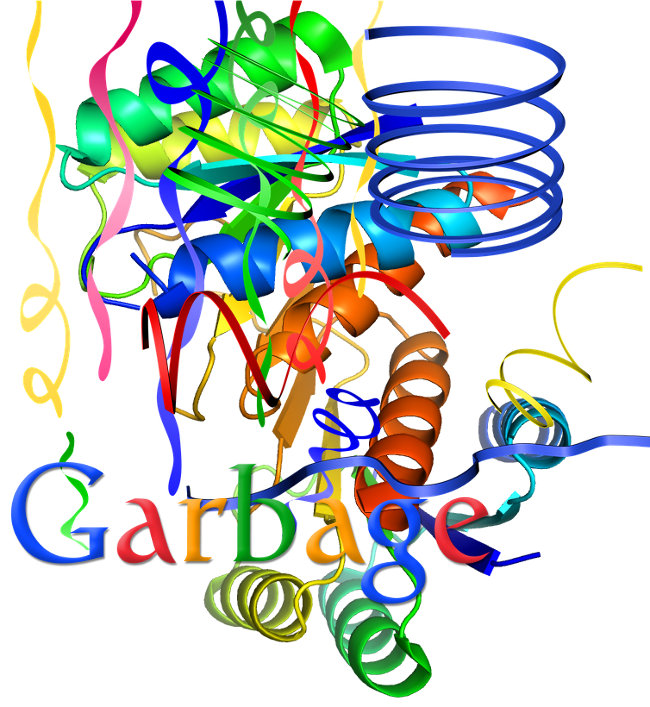
hat tip travis (again) for garbage

2 screenshots from Yu's 1980s music video, "Shoes," which I made into a GIF using the GNU Image Manipulation Program. My answer to those horrible "Live Photos" on people's iPhones.
Mutable Edges by Tom Moody
[embedded player removed]
LP liner notes:
"Edges," a Eurorack module for chiptune-like sounds, was one of Mutable Instruments' least popular modules and was discontinued fairly shortly after production. The device has four voices that are easy and fun to configure: three pulse waves and a fourth voice that produces either a pure sine tone or digital noise.
In this LP, titled Mutable Edges, I played around with all the voices and how they can be stacked as chords, in unison, or with modulation.
The ten tracks were made from Aug - Nov 2018, and are in chronological order.
The first track consists of 4 voices, played with MIDI-to-cv, using notes I wrote in Ableton MIDI tracks. Later songs add other instruments, effects, and methods of working. The "instrument" in the photo is two Edges units triggered by CV and gate signals from Expert Sleepers' ESX-8CV and ESX-8GT modules (also playing MIDI notes from Ableton).
My objective here isn't videogame nostalgia so much as simple enjoyment of the pulsewidth timbres.
released November 26, 2018
Blogger Carl Beijer wonders who's actually on twitter, or at least, how influential it is. Not sure what prompted this but it might have something to do with all the mainstream journalists who obsessively discuss "what twitter is thinking" or believe it's significant when "twitter erupts." How much thought leading is really going on over there? Says Beijer:
[N]ot everyone, it turns out, uses Twitter to talk about the news:
--One recent survey shows that only about 11% of the population ever gets their news from Twitter.
--Among respondents who ever use social media to get the news there is also significant variation in consumption: for instance, 30% of that group say that they "hardly ever" get their news from social media. If these trends holds for Twitter, then it is probably a significant source of news for something closer to 3-8% of US adults.
Beijer concludes with this paragraph:
This, I think, is a much more realistic assessment of Twitter's news reach: bring together all of the blue check journalists and unverified posters, the sinister operatives and the doe-eyed normies, the Pepe teens and the Gritty teens, the #TCOT grandpas and rose emojis - put them all together, and you are reaching a single-digit percentage of US adults, somewhere between 3-8%.
This hairball of newspeak might send a Twitter-unobsessed reader to the Urban Dictionary. A few people I asked didn't know what "Gritty teens" meant. Email if you have an idea.
edits after posting
Update: Thanks to Rubbercat for emailing a Gritty teens explanation: "'Gritty teens' refer[s] to an emerging contingent of meme-loving leftist kids. Its namesake is the Philadelphia Flyers hockey team's new mascot Gritty who, after a few initial weeks of universal revulsion, became jokingly recharacterized as this hip ultra-leftist antifa hero in photoshops and memes. There was a counterprotest recently and Gritty was on a lot of the signs."